Puerto Rico Top 10 Attractions
From the modern "Museo de Arte de Ponce" to the historic and world-famous "Castillo San Felipe del Morro", listed below are Puerto Rico's most visited tourist attractions.
Many of these are free to enter and are great places to visit and enjoy.
1. Castillo San Felipe del Morro
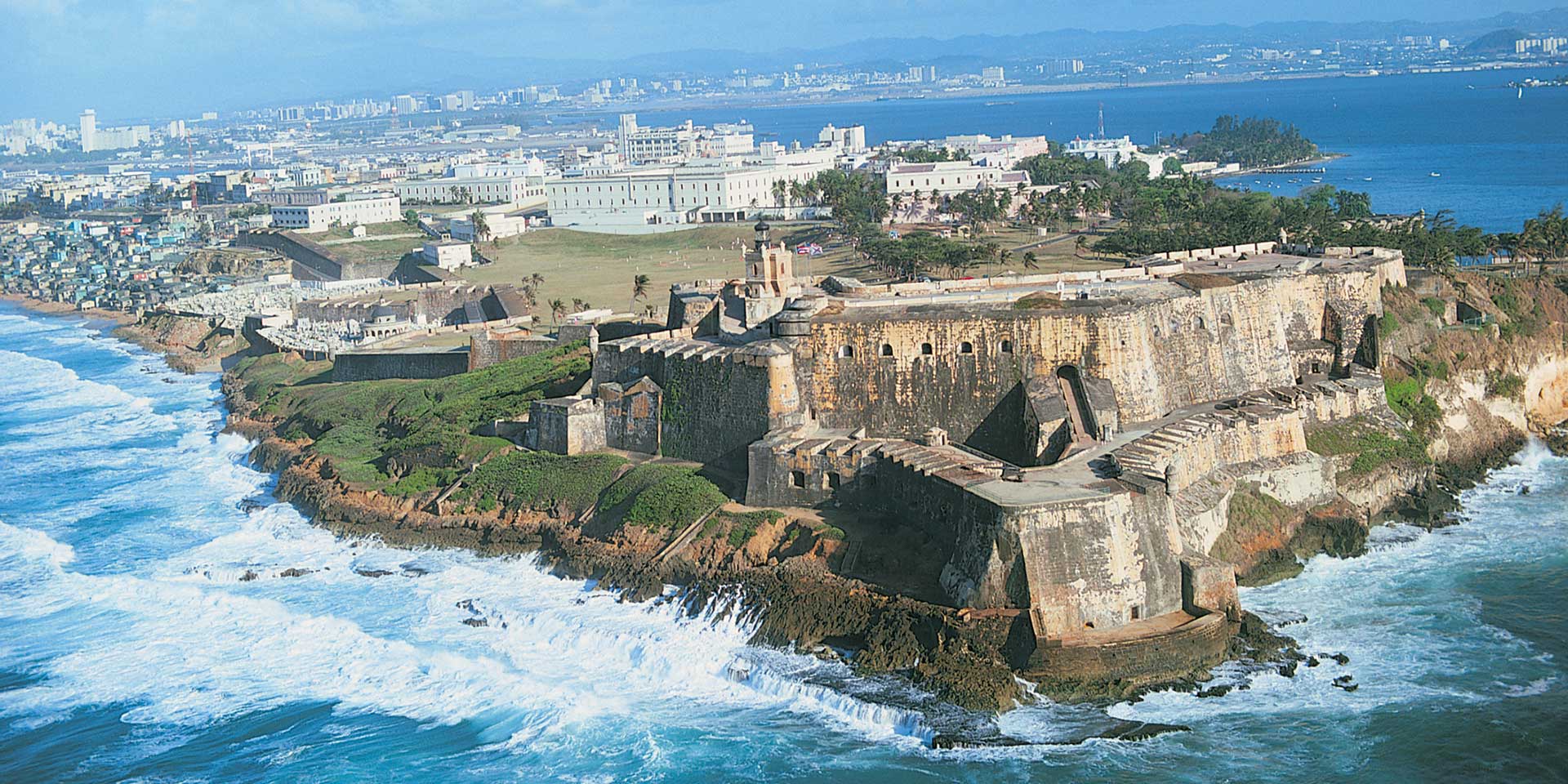
El Morro was initially fortified in 1539 and completed in 1589. Rising 140 feet above the sea, its 18-foot-thick wall proved a formidable defense. It fell only once, in 1538, to a land assault by the Earl of Cumberland's forces. The fort is a maze of tunnels, dungeons, barracks, outposts and ramps. Many restorations and expansions contributed to the imposing structure it is today. The area was designated a National Historic Site in February 1949 with 74 total acres.
Tours, orientation, and video presentation are available in English and Spanish. Open daily 9am-5pm. Free admission.
While visiting El Morro, I have few more suggestions on how to spend a day in Old San Juan.
2. El Yunque Natural Rainforest
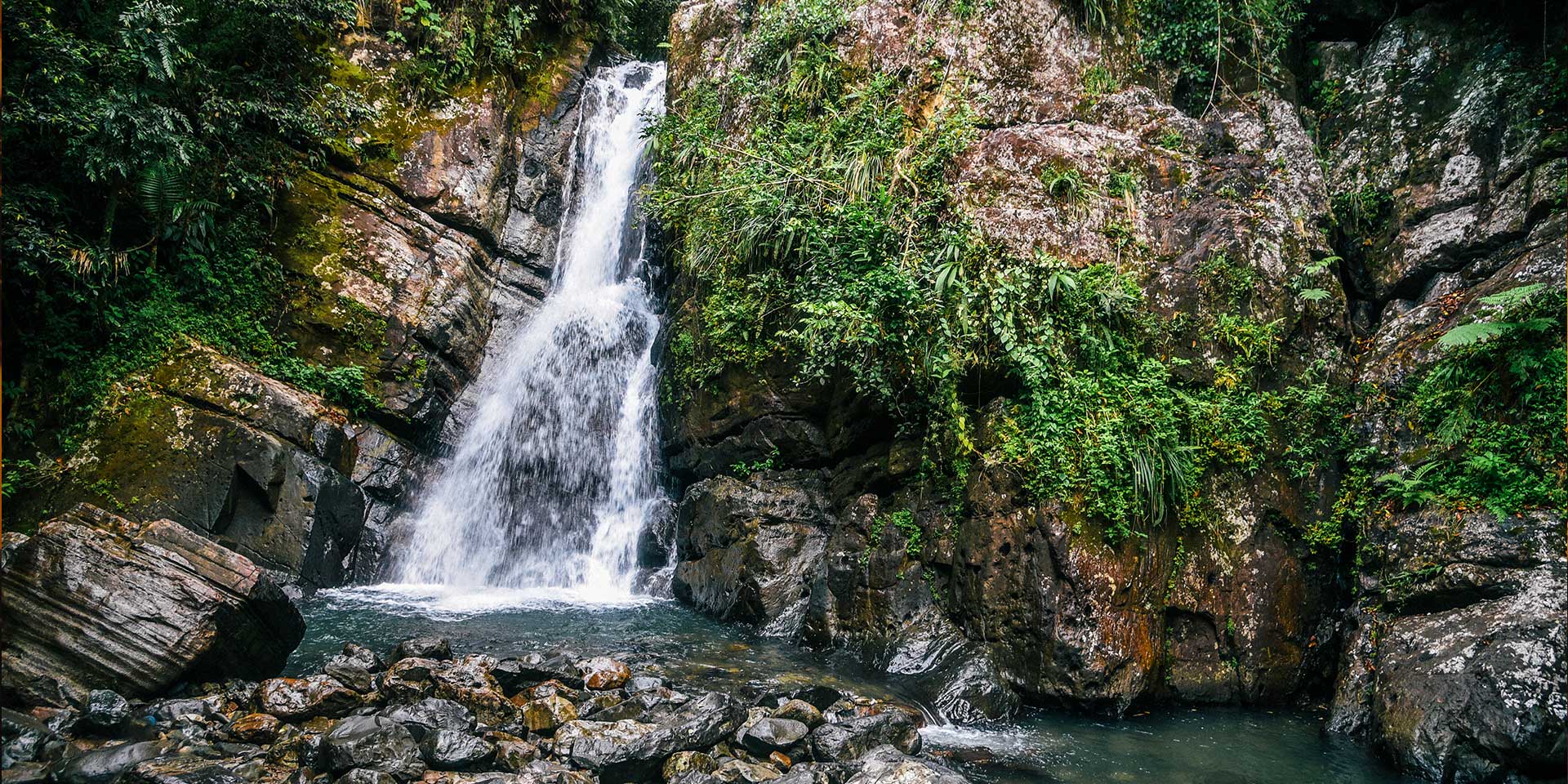
El Yunque National Forest with a total area is 28,000 acres has an estimated 240 types of tree, and many other plants, such as tiny wild orchids, bamboo trees, giant ferns, and trumpet trees. Hiking trails and rest areas are available.
El Portal Tropical Forest Center has film exhibits and interactive displays about the rain forest. Open daily 7:30am a 6:00pm.
3. Camuy Caves
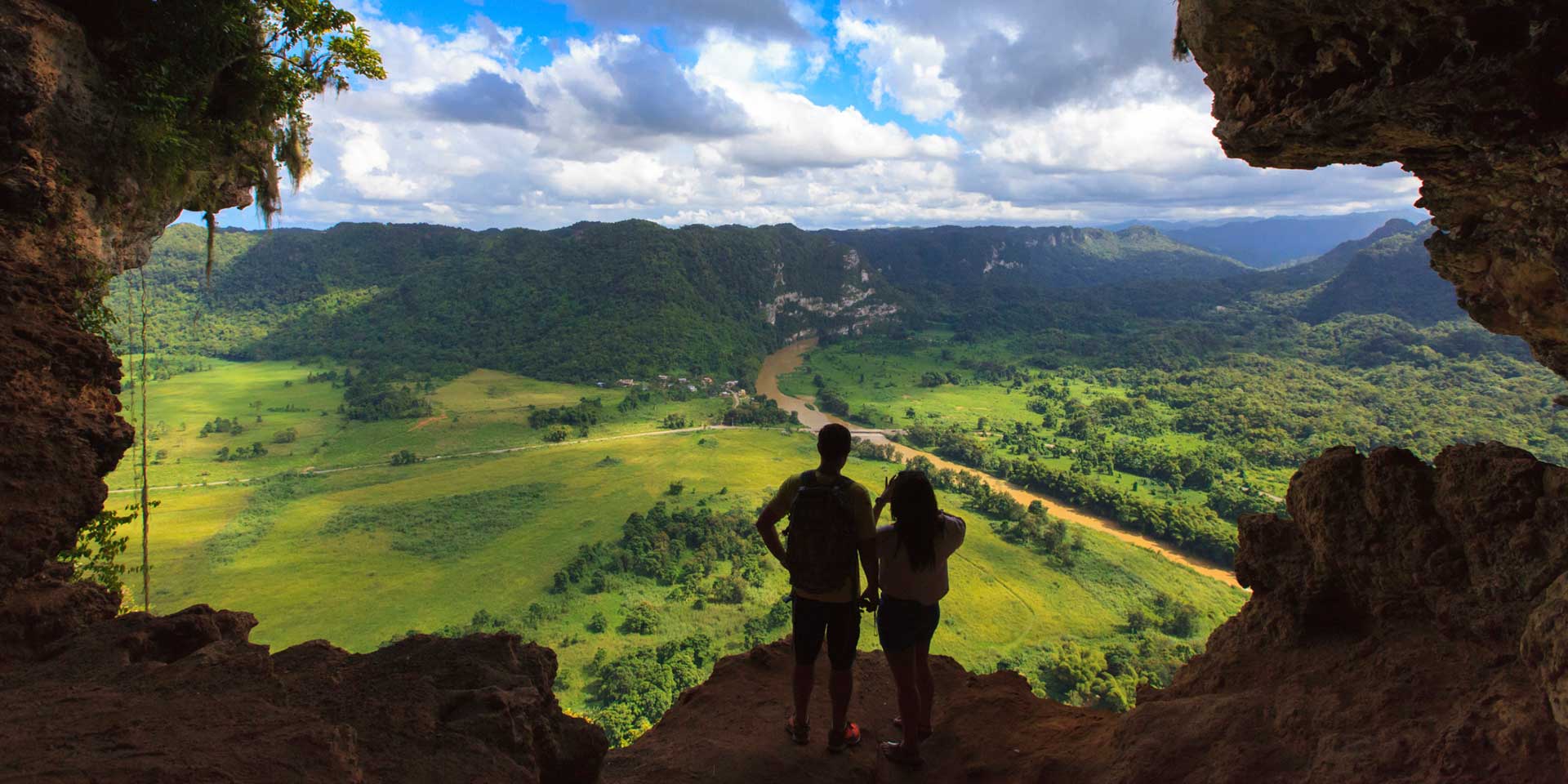
This incredible 268-acre park is the site of the great subterranean caverns carved out by the Camuy River over one million years ago. The park is one of the largest underground formations in the Western Hemisphere, and only seven miles (11km) of this series of limestone caves have been fully explored. The impeccably maintained trails gently descend 200 feet through a fern filled ravine to the yawning, cathedral-like caverns. The park is one of the world's largest cave networks. Sixteen entranced have been found and 11 kilometers (7 miles) of passages explored so far. Tours available, visitors are guided through one cave and two sinkholes, there are fine examples of stalactites, stalagmites and, of course, plenty of bats. The park is equipped with picnic areas, walking trails, food facilities, and exhibition hall and a souvenir shop, making it the perfect place to spend a day.
Southwest of San Juan, about a two-hour drive. Open Wednesday-Sunday 8am - 4pm; admission US$10 adults and US$7 children.
4. Old San Juan
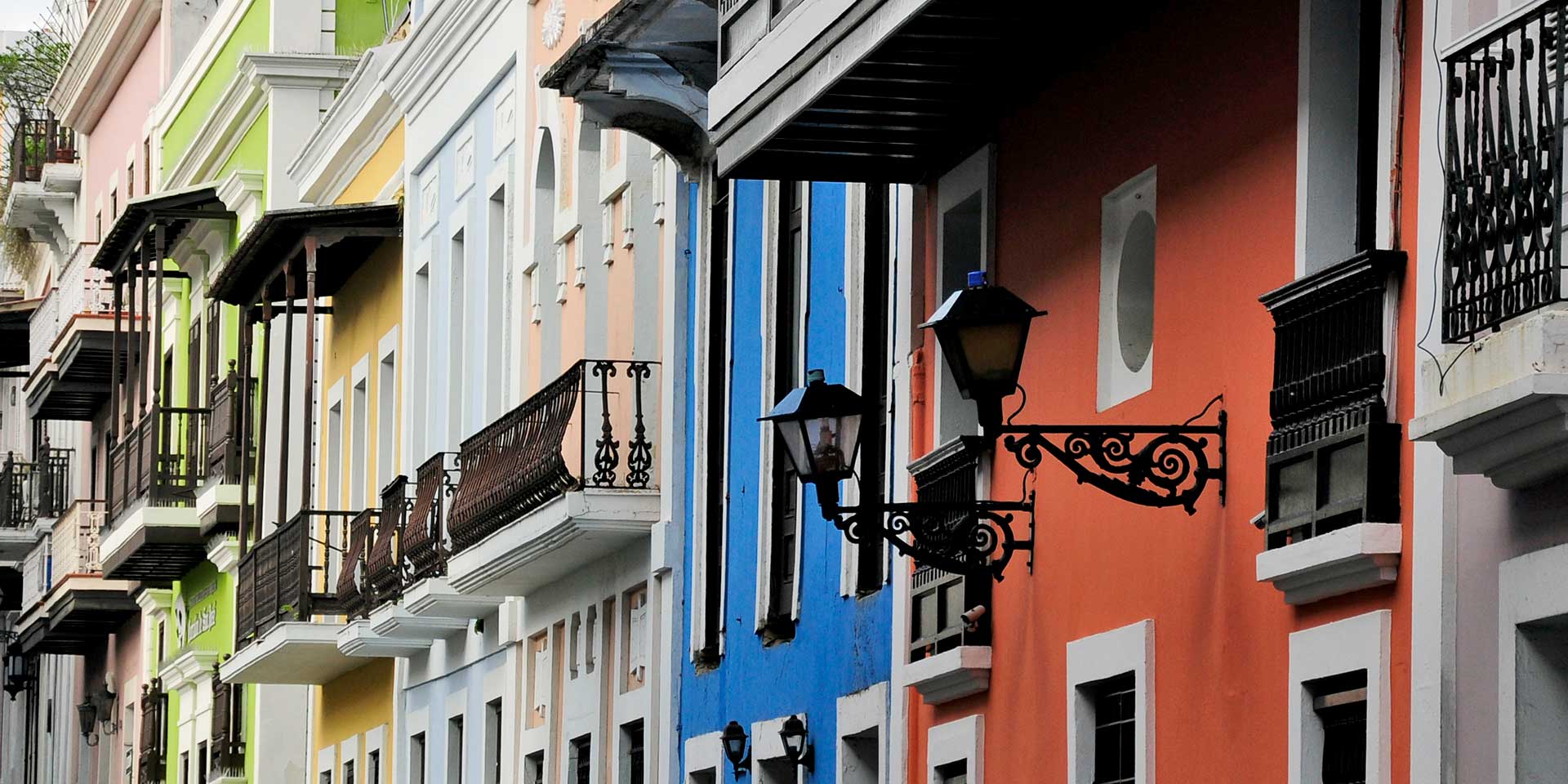
This is a 465-year-old neighborhood originally conceived as a military stronghold. Its 7-square-block area has evolved into a charming residential and commercial district. The streets here are paved with cobbles of adoquine, a blue stone cast from furnace slag; they were brought over a ballast on Spanish ships and time and moisture have lent them their characteristic color. The city includes more than 400 carefully restored 16th- and 17th-century Spanish colonial buildings. The Old San Juan attracts many tourists, who also enjoy the gambling casinos, fine beaches, and tropical climate.
To really do justice to these wonderful old sites, you'll need two mornings or a full day.
5. Museo de Arte de Ponce
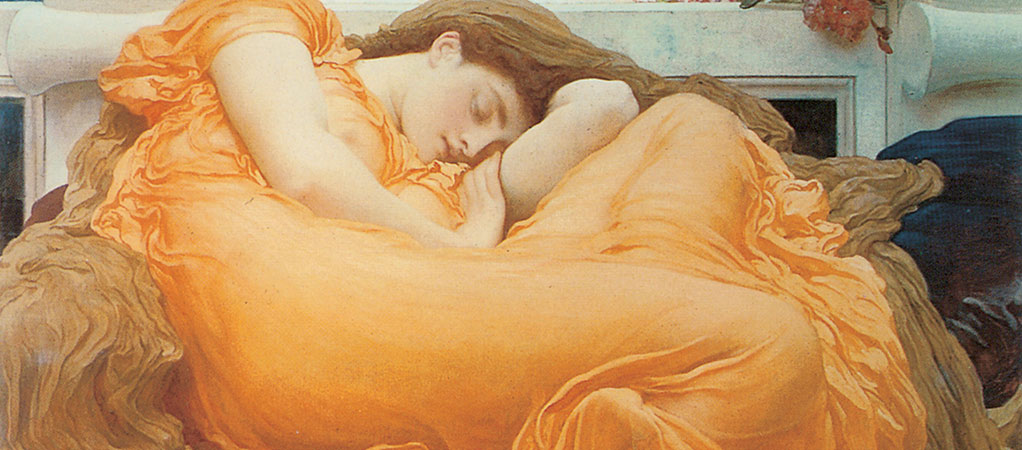 "Flaming June" by Frederic Lord Leighton, on display at the Museo de Arte de Ponce, Puerto Rico.
"Flaming June" by Frederic Lord Leighton, on display at the Museo de Arte de Ponce, Puerto Rico.
The Ponce Museum of Art is one of the most prestigious art institutions in Puerto Rico and the Caribbean, showcasing an extensive collection of Puerto Rican, Latin American, and European masterpieces. The museum is particularly renowned for housing one of the most important Pre-Raphaelite collections in the Western Hemisphere, featuring works by iconic European artists such as Anthony van Dyck, Peter Paul Rubens, Auguste Rodin, Eugène Delacroix, and Thomas Gainsborough.
Designed by Edward Durell Stone, the architect behind the Museum of Modern Art in New York, the museum itself is an architectural landmark. With permanently exhibited works and rotating special exhibitions, it offers visitors a comprehensive experience of classical and contemporary art.
Admissons: $6.00. Open Fridays from 10:00 AM – 5:00 PM. Located on 2325 Ave. Las Américas, Ponce, PR. 787-840-1510
6. Bioluminescent Mosquito Bay, Vieques
This rare and remarkable phenomenon is caused by millions of luminescent dinoflagellates lighting up when disturbed by movement. The dinoflagellates, a tiny form of marine life, have characteristics of both plants and animals, their size range from about 5 to 2,000 micrometers (0.0002 to 0.08 inch).
Trips leave every night from the bar at Casa Del Frances (Island Adventures, Inc., 787-741-0717 or 787-741-3751).
7. Reserves in Cabo Rojo
There are many places to visit in Cabo Rojo, including the Cabo Rojo National Wildlife Refuge, a subtropical dry forest, has a visitors' center and interpretive displays as well as bird-watching trails, 50 bird species, including the endangered, yellow-shouldered blackbird.
Also in Cabo Rojo, Punta Guaniquilla Reserve this 388-acre reserve protects a diverse landscape that includes an arid promontory, a dry forest, palm and mangrove fringes, unique limestone formations in two lagoons, a cave system, cacti, and swamp areas. The tract is notable as the habitat of the endangered West Indian Whistling Duck, the Ruddy Duck, and the Caribbean Coot. The site is also recognized as a migratory bird sanctuary and an important wintering ground for shore birds.
8. Playa Mar Chiquita, Manatí
Located on route 648 on the north coast of Puerto Rico, Mar Chiquita (Little Sea) offers one of the most spectacular seaside scenery on the island. It is unique, not your typical coast beach by any means. Two coral formations protect a small and shallow cove from the rough Atlantic Sea, which sprays foam in unpredictable bursts.
Just 45 minutes from San Juan. Take Route 22 to exit 46 to Route 686 north. Then take Route 685 west to Route 648 north and follow to the end of the road. 787-221-6771
9. Playa Flamenco, Culebra
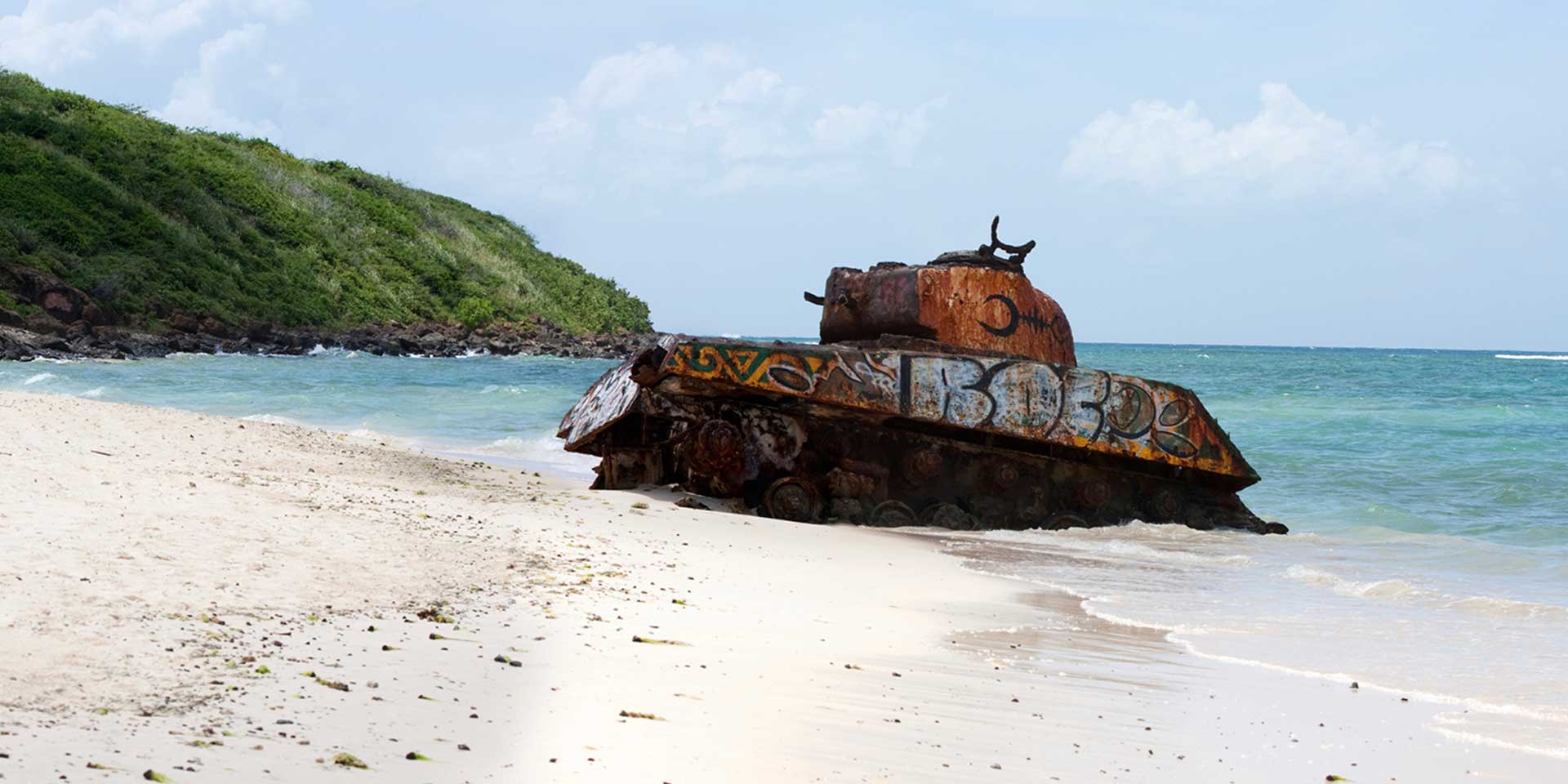
Culebras most popular beach is Flamenco Beach, because of its white and soft sands. Camping is available at Flamenco Beach on the north shore.
Culebra Campgrounds are government-run, for reservations contact: Autoridad de Conservación y Desarrollo de Culebra, Attn: Playa Flamenco, Apartado 217, Culebra, PR 00775.
10. Cabo Rojo Lighthouse
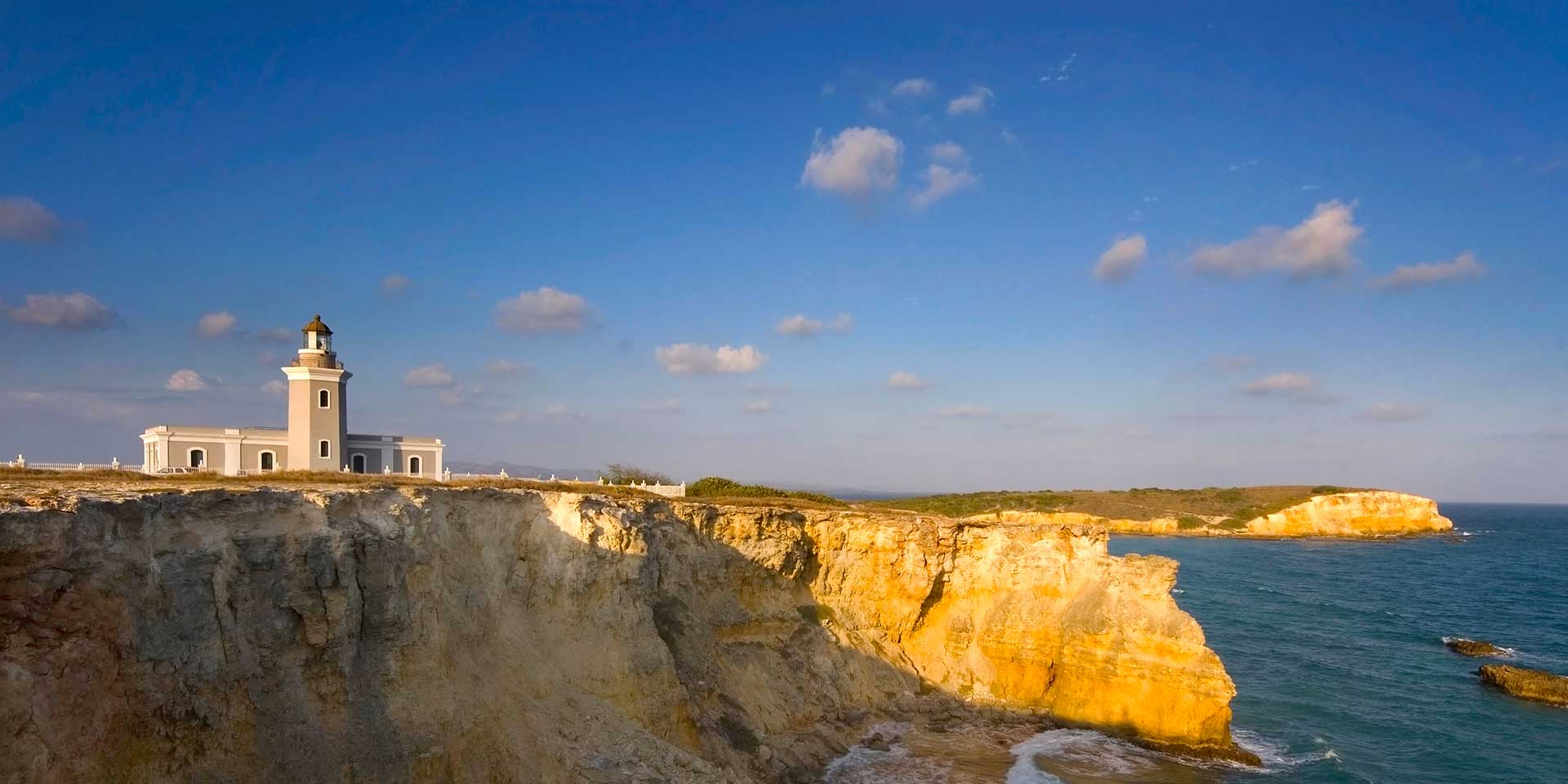
The Cabo Rojo Lighthouse is located on Route 301, on top of 200-foot limestone cliffs overlooking the Caribbean Sea, offering spectacular and 360 breath taking views of the Caribbean Sea.
Los Morrillos Lighthouse (Faro Los Morrillos de Cabo Rojo), also known by locals simply as "El Faro" was the second lighthouse built by the Spanish in Puerto Rico, construction began in 1881 and completed 1882. Since then it has been serving as a guide to ships navigating the southeast entrance from the Caribbean Sea, safely through the Mona Passage into the Atlantic Ocean.
This old lighthouse was automated and electrically charged in 1967.
The lighthouse is open to the public. Admission to the lighthouse is free. Open Thursday-Tuesday (closed Wednesday) from 9:00am to 4:30pm. 787-255-1560.
See more attractions, listed by city.



